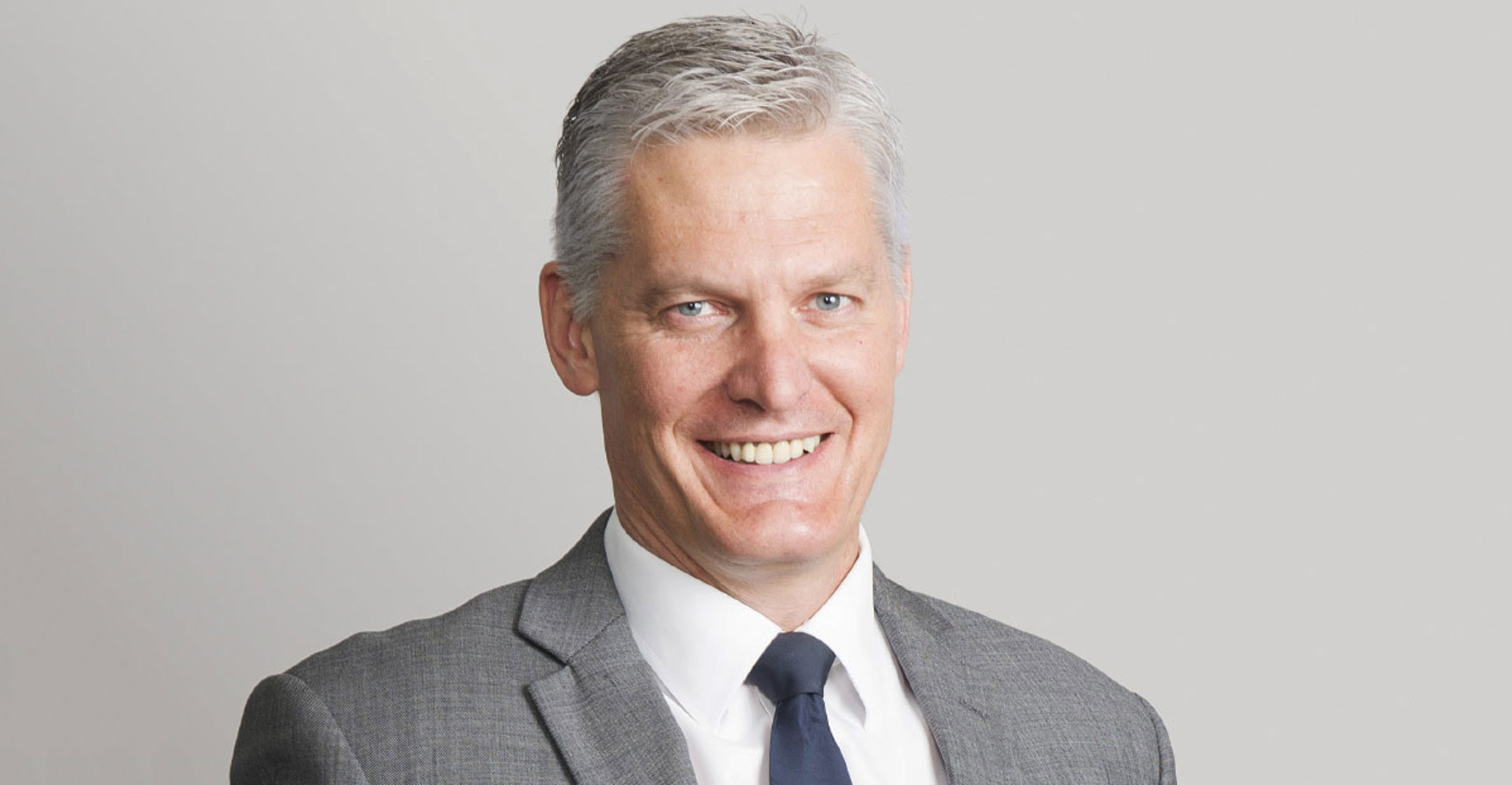
Eskom has made “key” progress in restructuring the operations of the business, with CEO André de Ruyter saying the power utility is committed to meeting the “ambitious” unbundling target date, which has been set down for 2021.
Speaking at a briefing on the state of Eskom’s power system on Thursday, De Ruyter said the utility’s business model is “outdated”, with Eskom being the “last remaining very large vertically integrated” power utility in the world.
The divisionalisation of the utility into three separate entities — generation, transmission and distribution — is expected to improve the structural and operational efficiencies of the entity, which has been racking up debt and unable to provide reliable power.
De Ruyter said the divisional boards have been established, with the three components now running as separate entities. The three new divisional MDs, all internal appointments who were previously the group executives of these divisions, are:
- Bheki Nxumalo (generation);
- Segomoco Scheppers (transmission); and
- Monde Bala (distribution).
The business and operating models for each division are at “an advanced stage”, said De Ruyter. “They have their own income statements and we are in the process of establishing appropriate balance sheets and apportioning the relevant amount of debt to each of those.”
Eskom has a debt burden of R450-billion, which it is unable to service from its profits.’
According to the timelines set out in the department of public enterprises’ road map on the legal and operational unbundling of the entity, the restructuring should be concluded by the end of 2021. “That is an aggressive timeline because there is a lot of work to be done,” said De Ruyter.
He explained that restructuring large companies is not a simple process and could run for two to three years or more as the company considers issues such staff, operational concerns, financial issues, transfer pricing and debt. “All of these need to be navigated properly if we don’t want the wheels to come off halfway through this process.”
However, the utility is “committed to meeting that timeline and we are working hard to achieving the policy objectives set by our shareholder”.
Speaking on dividing the R450-billion debt bill between the three divisions, De Ruyter explained that while most of the debt was incurred by generation, due to the ballooning costs of building the Medupi and Kusile power plants, the debt “can’t all stay with generation”.
‘Structured manner’
“We need to take account for the fact that we have two other divisions which each generate revenue and have a capital base that needs to be supported.”
De Ruyter said the utility is actively engaging its lenders on the restructuring of the debt to ensure that there are no inadvertent contractual breaches or defaults on the loan agreements. “We truly understand that that would be highly undesirable and therefore we are doing this in a structured manner,” he said.
“Part of the reason for opting for a divisionalisation approach rather than an immediate legal separation is exactly our understanding that a precipitous legal unbundling would have created enormous concerns among our lender base.”
 The entity’s objective is to achieve a reduced debt balance of R200-billion and 35% Ebitda (earnings before interest, taxes, depreciation and amortisation) margin for Eskom to become a financially sustainable business that does not need support from the government. “When we would be able to achieve that, I would not be able to give you firm guidance on that.”
The entity’s objective is to achieve a reduced debt balance of R200-billion and 35% Ebitda (earnings before interest, taxes, depreciation and amortisation) margin for Eskom to become a financially sustainable business that does not need support from the government. “When we would be able to achieve that, I would not be able to give you firm guidance on that.”
Getting Eskom onto a firm footing will require a combination of factors such as getting cost-reflective tariffs, eliminating load shedding, cutting costs, and converting coal and other energy sources into energy as efficiently as possible.
De Ruyter said despite facing major challenges over the past four months, including a drop in electricity sales due to reduced demand in light of the country’s Covid-19 lockdown, the entity had made good progress on its turnaround plan.
He said the utility had “taken a knife” to costs. For instance, it reduced its use of open-cycle gas turbine fuel, with the cost for this coming in at R2.67-billion less than the R6.98-billion provided for. The entity also managed to begin work on its wage bill through the issuance of 164 voluntary severance packages to senior executives. It will also begin renegotiating costs with independent power producers.
The reduced demand under lockdown allowed Eskom to execute “aggressive” short-term maintenance to address issues that lead to partial load losses, and this has allowed it to reduce the possibility of load shedding in winter, said chief operating officer Jan Oberholzer.
De Ruyter said the utility managed to achieve 30GW of availability on Wednesday night without using any diesel, which “is testament to the fact we are seeing a turnaround in our generation system”.
Less load shedding
Before the lockdown, Eskom had forecast 31 days of stage-1 load shedding in winter. With the short-term maintenance that has been done, there is now an 80% chance that there will only be three days of load shedding.
Ten years of neglect means the system remains unpredictable and unreliable, and there may still be trips and breakdowns, which means the risk of load shedding remains.
Oberholzer said this unreliability will remain until Eskom completes its reliability maintenance at the end of August 2021.
The utility is behind on the implementation of this long-term maintenance programme because of the lockdown, but said it has used the period to prepare its systems and secure contracts with the original part manufacturers and it intends on beginning work on 1 July.
- This article was originally published on Moneyweb and is used here with permission




